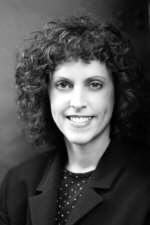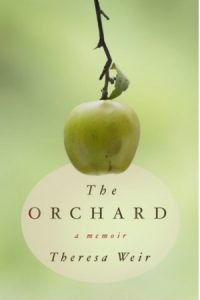The Story Behind the Book
THE ORCHARD by Theresa Weir

When my publisher of eight years turned down an option project I made one of those big life decisions. For the first time in twenty-four years I had no deadline and no contract to fulfill. If I sold my home in St. Paul and purchased a tiny cabin in the northwoods, I might be able to live on the proceeds from my home sale for a number of years. It was a gamble, but it would give me the solitude and freedom to write The Orchard.
I sold the house and began looking for a secluded place to write. In an odd twist, my real estate agent had a listing he thought I should see, but it was located nowhere near my search area. Another negative—it was located in farm country, a landscape and culture I’d avoided since moving from the farm. How could I possibly live in a farming area again? Ignorant of my history, the agent talked me into looking. Just looking.
The property was a prairie-style church built in the late 1800s in a now non-existent village called Perley Station. Perley Station was the brainchild of a lumber baron, philanthropist and horticulturalist named John Perley. In 1905 the village burned to the ground, and the only thing left in the middle of fields, woodland, and prairie, was a church. And that church was selling for the price of a cabin in the northwoods.
I still questioned whether I could immerse myself mentally and physically in a setting that brought back so many painful memories, but in the end I bought the church and moved to a remote and beautiful building in a town that no longer existed.
The church house is surrounded by Perley Lilacs, courtesy of Mr. Perley’s horticultural skill. In the backyard is an apple tree. As I write this, the tree is loaded with blooms, and I’m anticipating the apple pies I will bake this fall. I like to imagine that the tree was planted by John Perley. I don’t know if this is true, but I can say the tree is very old, and it doesn’t have many years left.
In this setting, surrounded by history and farm fields, an apple tree just beyond my window, I wrote The Orchard. The writing of the book, the farm fields that I walk past daily, noting what has been planted and how well the crops are doing, have led to a reclaiming of that life I left behind.

